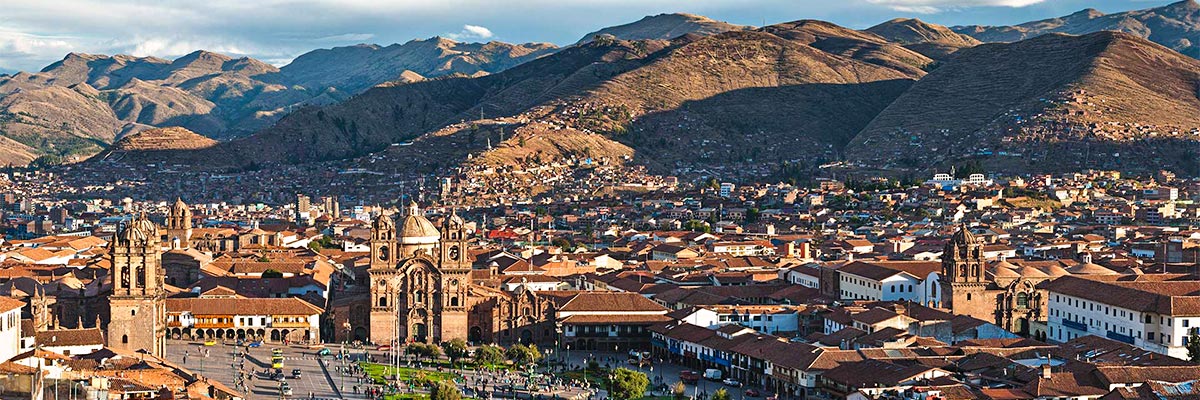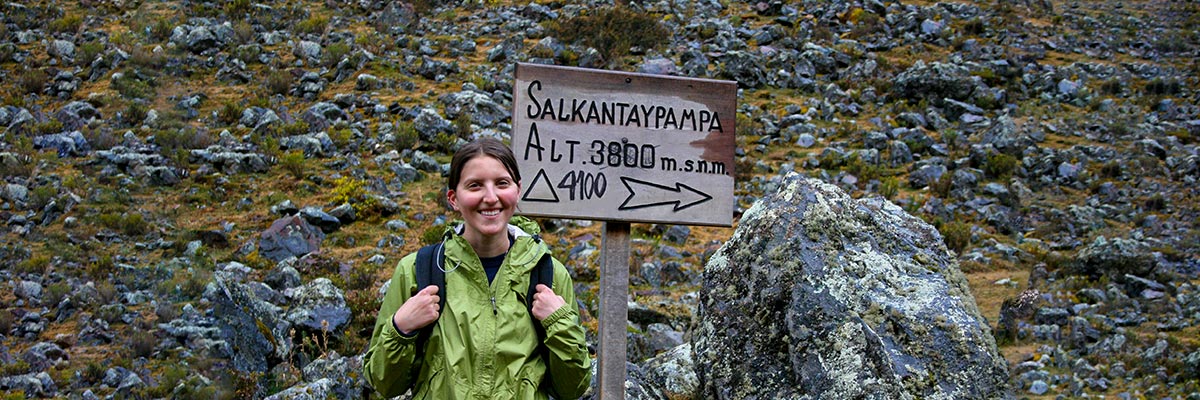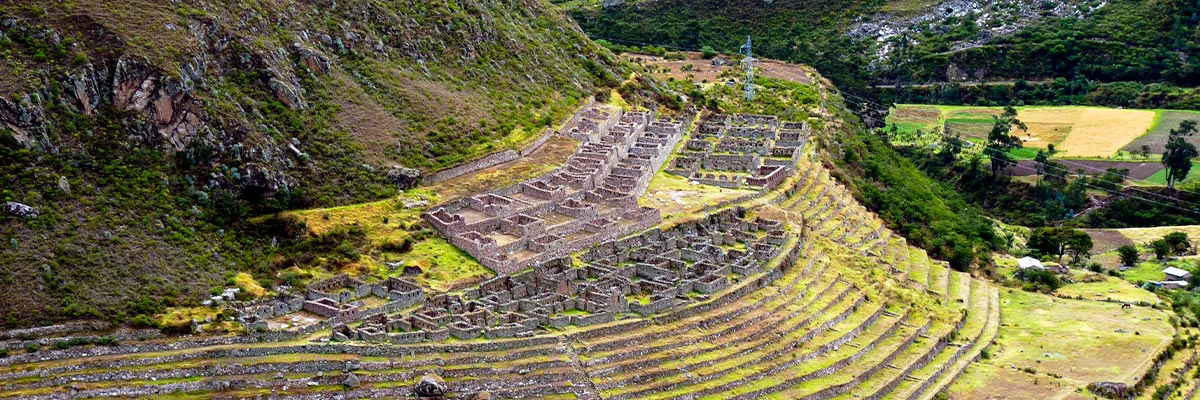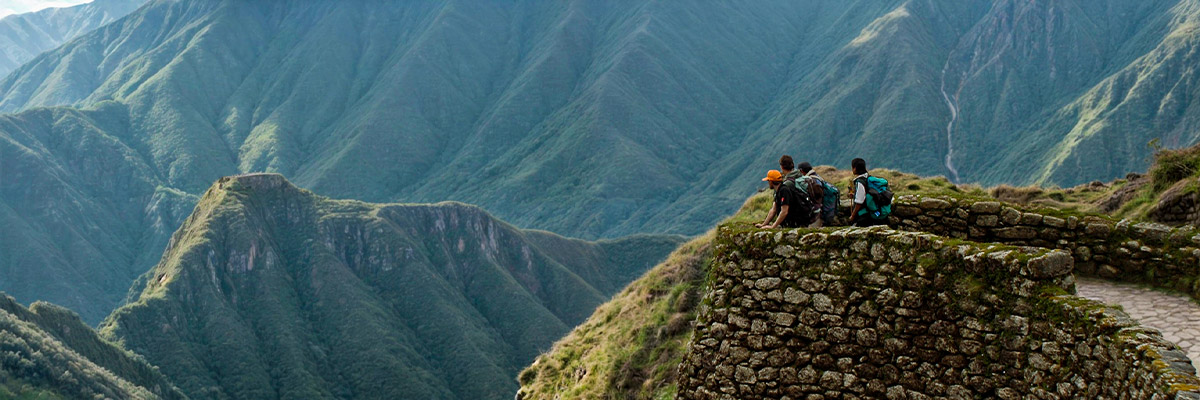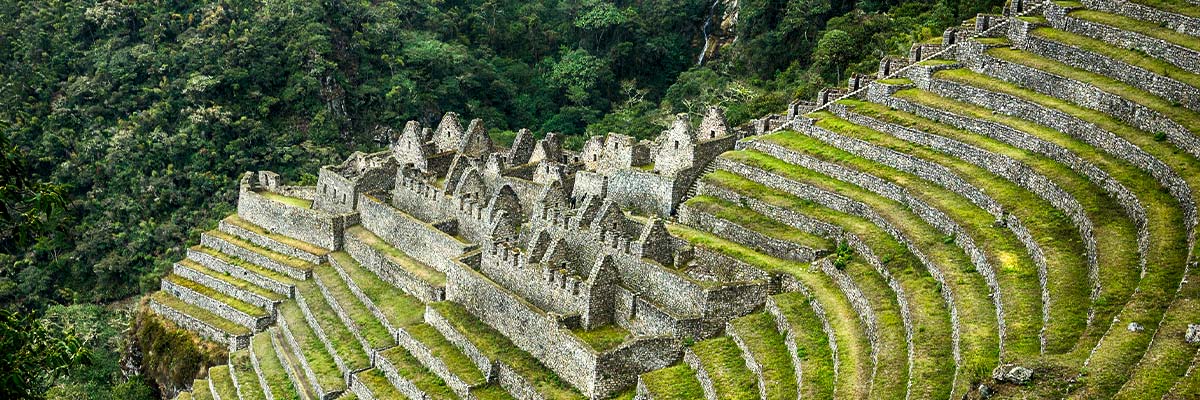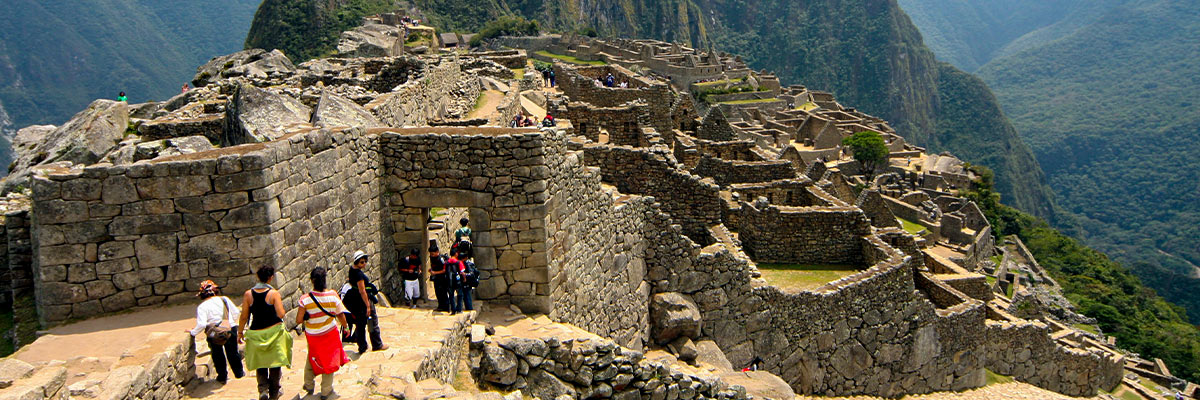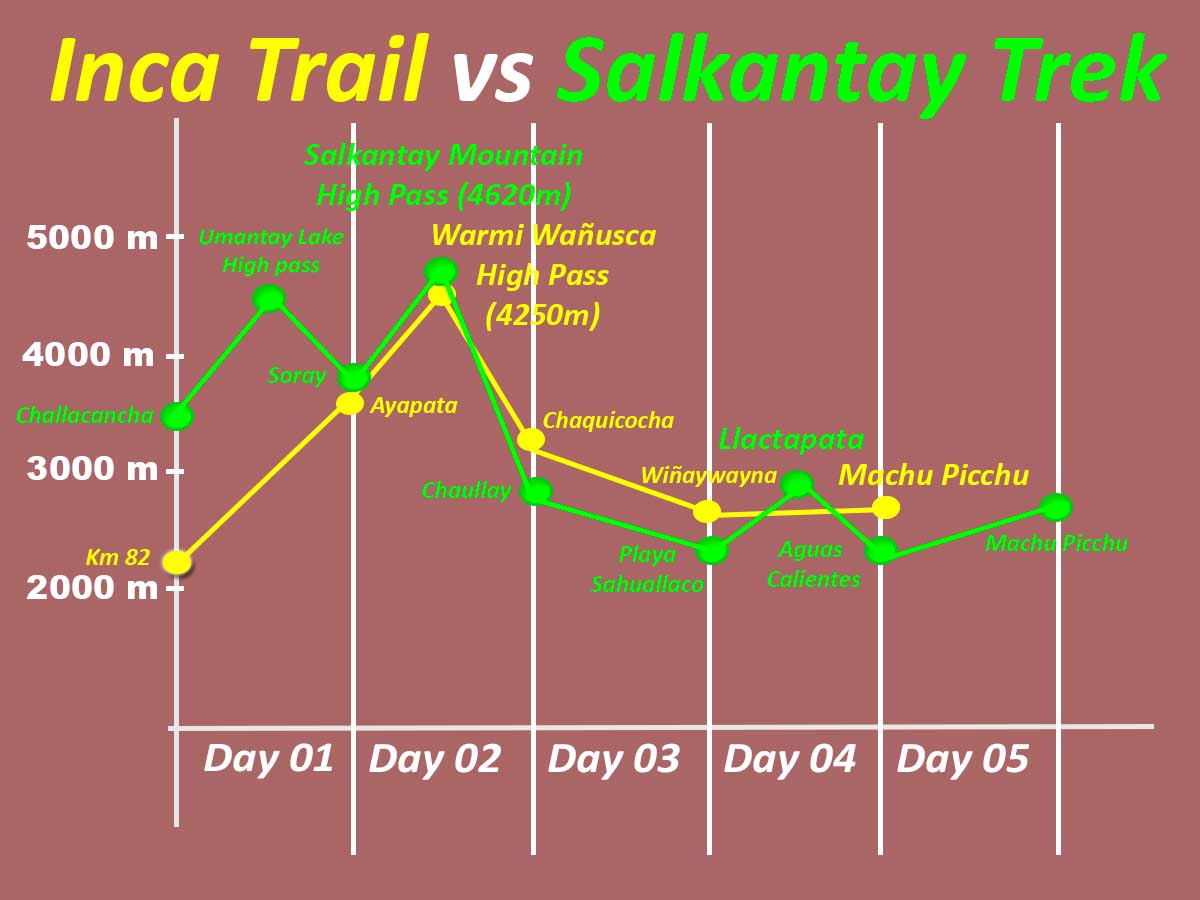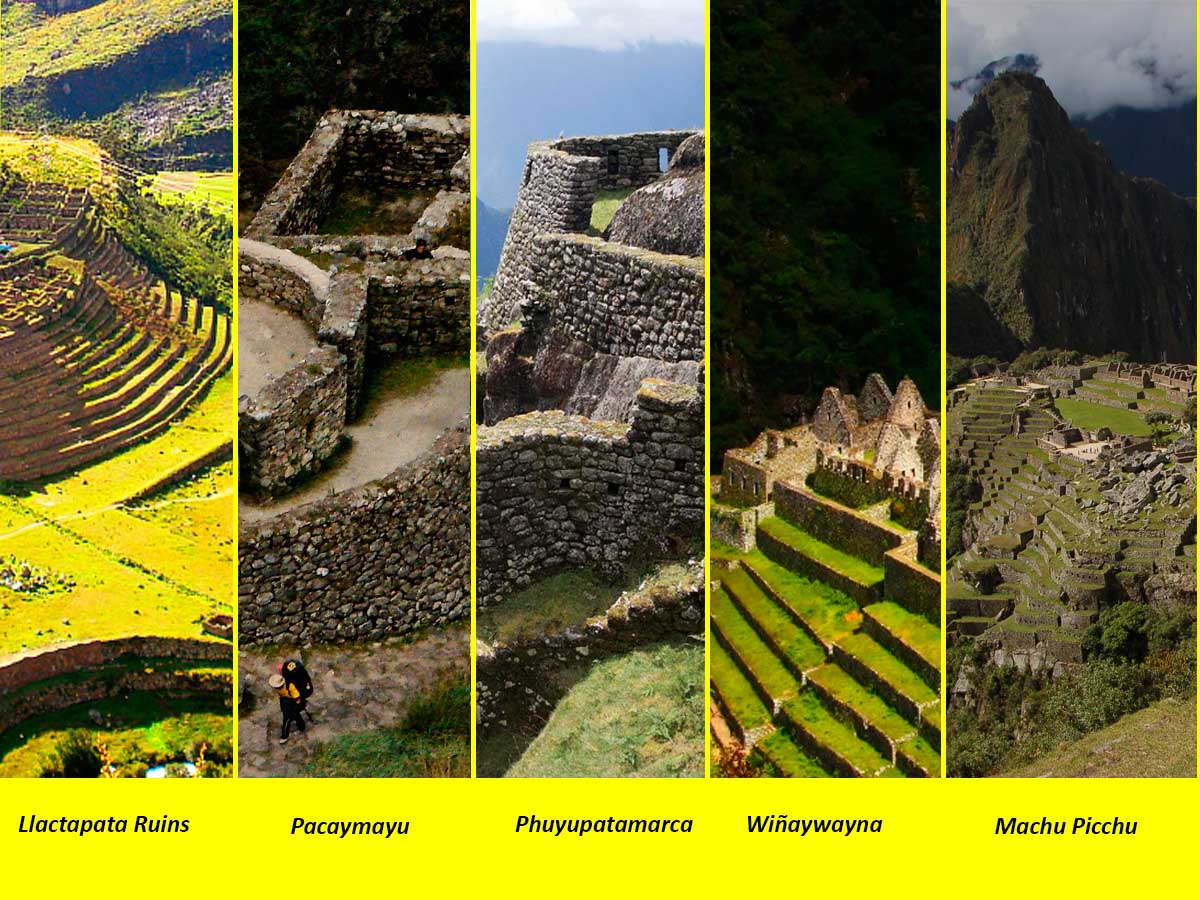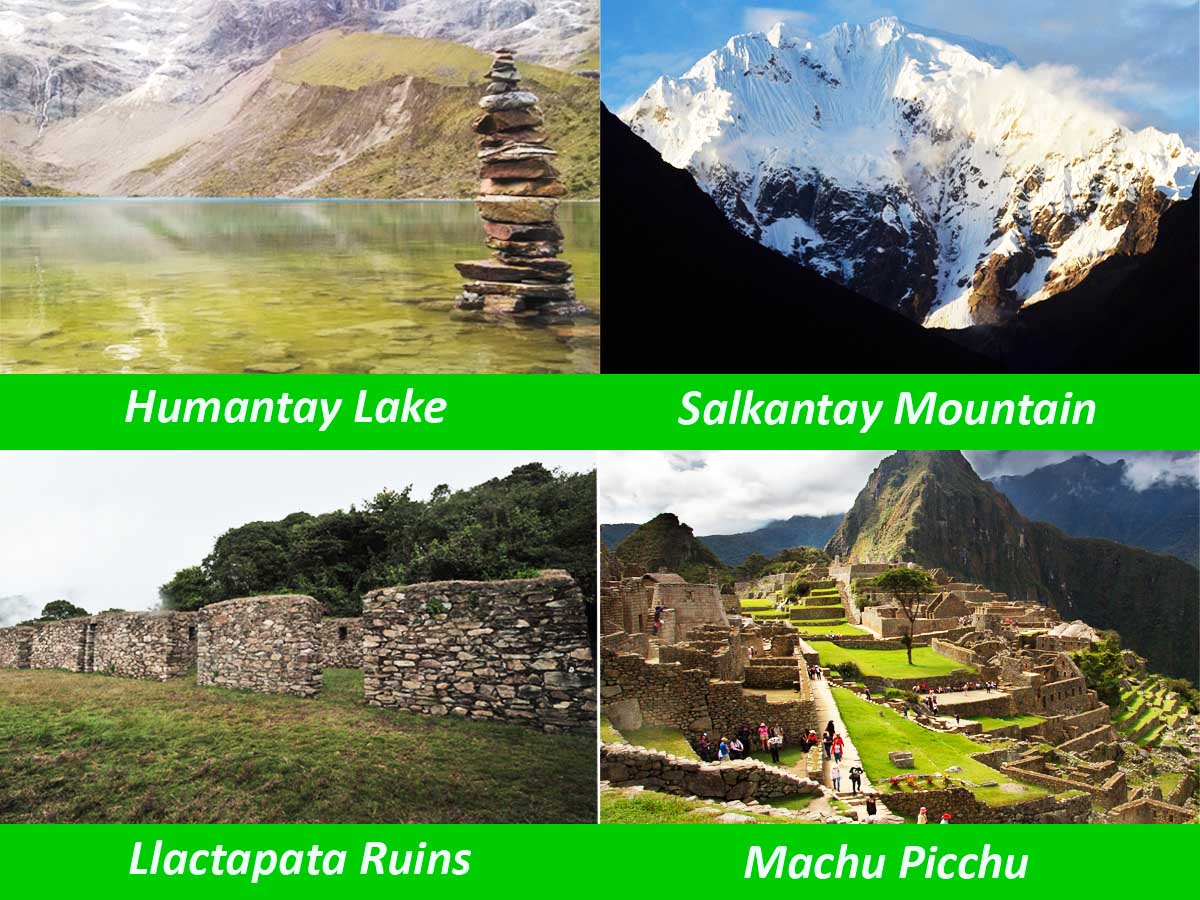Salkantay to Inca Trail: 6-Day Hike to Machu Picchu 2025
Description
If your goal is Machu Picchu and you want to achieve it by hiking, but you cannot decide whether to trek the famous Inca Trail or the adventurous Salkantay Trek, now you do not miss even one of them, since you can undertake the Salkantay Trek and Inca Trail with us. This trekking expedition takes you to the foothill of the sacred snowy peak of Salkantay (6,271 m/20,700 ft), considered by local native people to be the "Guardian Spirit of the Jungle". The first part of the trek provides you with an opportunity to observe remote native communities and enjoy gorgeous mountain scenaries before joining the Classic Inca Trail. This second part enables you to dicover remote Incan ruins that are hidden to common visitors as they are not accessible by means of transport! In the end, you experience the once-in-a-lifetime atmosphere of the New Wonder of the World - Machu Picchu.
Salkantay to Inca Trail is one of the most complete authentical Inca's paths that you can find! On the way, you can watch quick landscape changes as going through diverse microclimates. This offers fantastic views so do not forget to have your camera ready. The trek is challenging and is designed for experienced trekkers that would like to try something new and uncommon. The first part of the trip is supported by horses and the second by Porters (due to strict Inca Trail regulations). We also provide you with a top quality camping equipment and a very balanced and energetic diet so that you do not need to be worried about any facility and just enjoy the trek, which is an unforgettable experience.
What to Expect
Salkantay Inca Trail Overview
Sustainable Tourism: At Tierras Vivas, we are happy to promote and practice sustainable tourism by being eco-friendly and supporting local communities.
Service Level: Superior service all inclusive, extra horses for your equipment and private transport.
Physical Rating: 3 - Demanding - Some high-altitude hikes or more strenuous activities, but accessible to most healthy travellers
Age requirement: 8+ / All travellers under age 18 must be accompanied by an adult.
Salkantay and Inca Trail Tour Operator: Tierras Vivas Travel
Crew: A Tierras Vivas representative in Cusco and a professional Tour Guige, a trekking Chef, Horseman, Porters and horses for the Salkantay Trek vs Inca Trail to Machu Picchu.
Accommodation: Campsites (5 nights).
Meals: 5x breakfast, 5x lunch, 5x dinner, 5x afternoon tea.
Transportation: Transportation by private van, 1x train
Quick Itinerary:
Day 01: Cusco - Humanatay Lake - Soraypampa - Salkanta Pampa
Day 02: Salkantay Pampa - Yanaccacca - Canal Inca
Day 03: Canal Inca - Pampacahuarina - Huayllabamba - Ayapata
Day 04: Ayapata - Chaquicocha
Day 05: Chaquicocha - Wiñayhuayna
Day 06: Wiñayhuayna - Machu Picchu
Highlights of the Salkantay Trek to Inca Trail:
- Discovery of a more complete Incan path
- Opportunity for experienced trekkers to enjoy a challenging hike
- Trekking to the Sacred Mountain of "Salkantay"
- Hiking the Classic Inca Trail
- 6 day hike accompanied by explanations of a professional bilingual Tour Guide
- Lovely mountain landscapes observation
- Amazing and hidden Incan sites discovery
- Guided tour of the amazing Inca citadel - Machu Picchu
- Guided tour during the hike to Salkantay and Inca Trail
Salkantay Inca Trail Avalaibility
We recommend you contact by WhatsApp our staff (+51 984004472), we will reply to you ASAP, and you can book online your 6 Day Inca Trail combo. In case you want to talk with our info department, we can coordinate a meeting via google meet or WhatsApp
How to book the Salkantay to Inca Trail 6 Days?
The Inca Trail starts on the fourth day of the Salkantay Inca Trail!
For Example: if you like to start the tour on the 10th of May, you need to check Inca Trail availability on May 12th!. If there is still availability of the Inca Trail on the date requested at the time of your booking.
Salkantay to Inca Trail 2025
You can check the Salkantay Trek to Inca Trail Permits Availability for 2025! Please click on Salkantay Trek to Inca Trail 2025 and Book Online!.
Choose the best month and day for your Hike to Machu Picchu. Remenber. Once booked, It is not refunded and you can´t change your travel date. We recommend to book in advance.
Itineray Details
Day 01: Cusco - Soraypampa - Humantay Lake - Salkantay Pampa
We pick you up from your hotel at 4:30 am and take you by private transport for a 3-hour ride from Cusco (3,400 m) to Mollepata (2,803 m/9,196 ft). On the way, we stop in Limatambo (a small town) to visit Tarawasi, a significant religious Incan site. Then, we continue our ride for an hour and a half to the town of Mollepata, where we have breakfast. After breakfast, we continue driving to Soraypampa (3,500 m/11,482 ft), where we are greeted with stunning views of the snow-capped peak of Rayuska (5,350 m/17,552 ft). Upon arrival, our guide will give you a quick briefing about the trek to the Salkantay to Inca Trail.
We then walk 20 minutes to the campsite, where our trekking chef will prepare our lunch. There, our guide will introduce you to our muleteer, who will accompany us with the horses until Huayllabamba.
After meeting our trekking staff, we start hiking up to Humantay Lake. The walk takes approximately 2 hours and 30 minutes to reach the high point of Humantay Pass, where you can observe the beautiful Humantay Lake. Take plenty of pictures of the lake. Afterward, we walk back down to Soraypampa, where we have lunch.
After lunch, we begin walking along an Andean trail, crossing a small river that flows from the Salkantay snow. The trek then becomes more challenging as we start ascending the mountain. The trail varies from steep to flat, with some zig-zag sections. We walk for about 4 hours until we arrive at the Salkantay Pampa campsite (4,100 m/13,451 ft). We spend the night in tents near the imposing Salkantay mountain, enjoying dinner and sleeping in the comfortable camping equipment provided by Tierras Vivas.
Estimated trekking time: 6 hours
Trekking distance: 15 km
Max. elevation: 4,100 m (13,451 ft)
Min. elevation: 2,803 m (9,196 ft)
Difficulty: Moderate/ Difficulty







